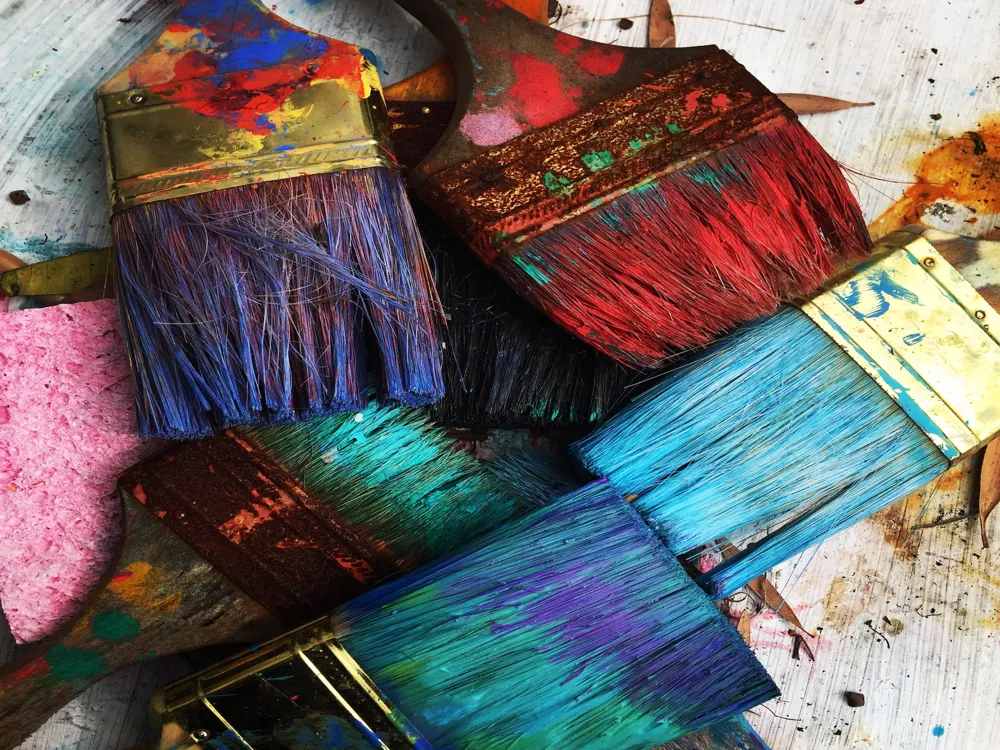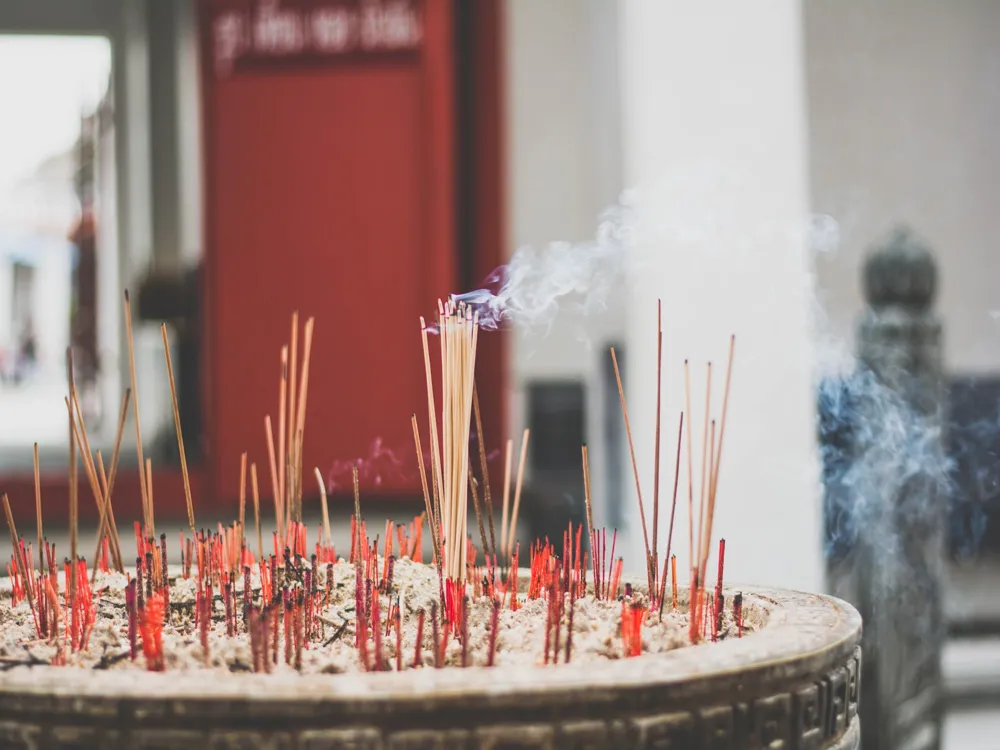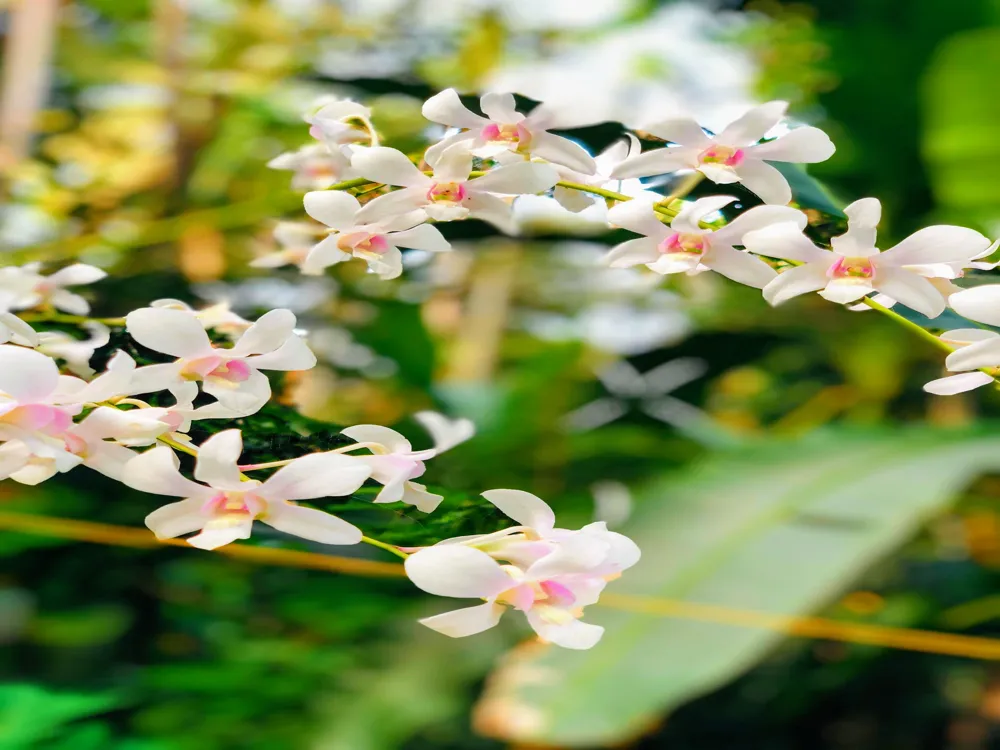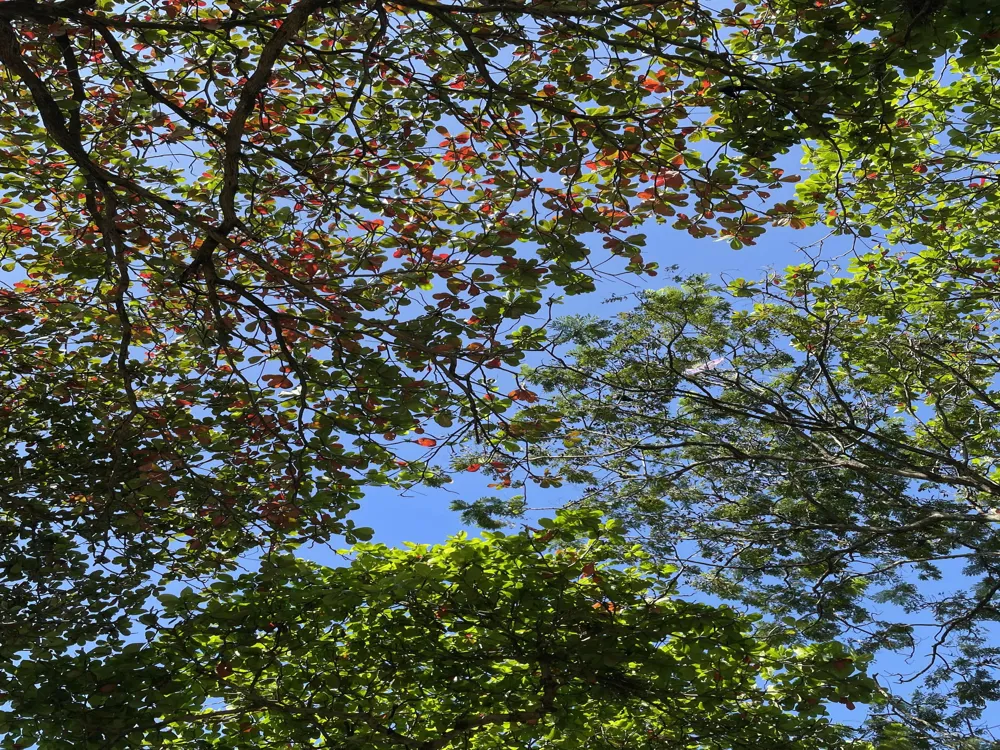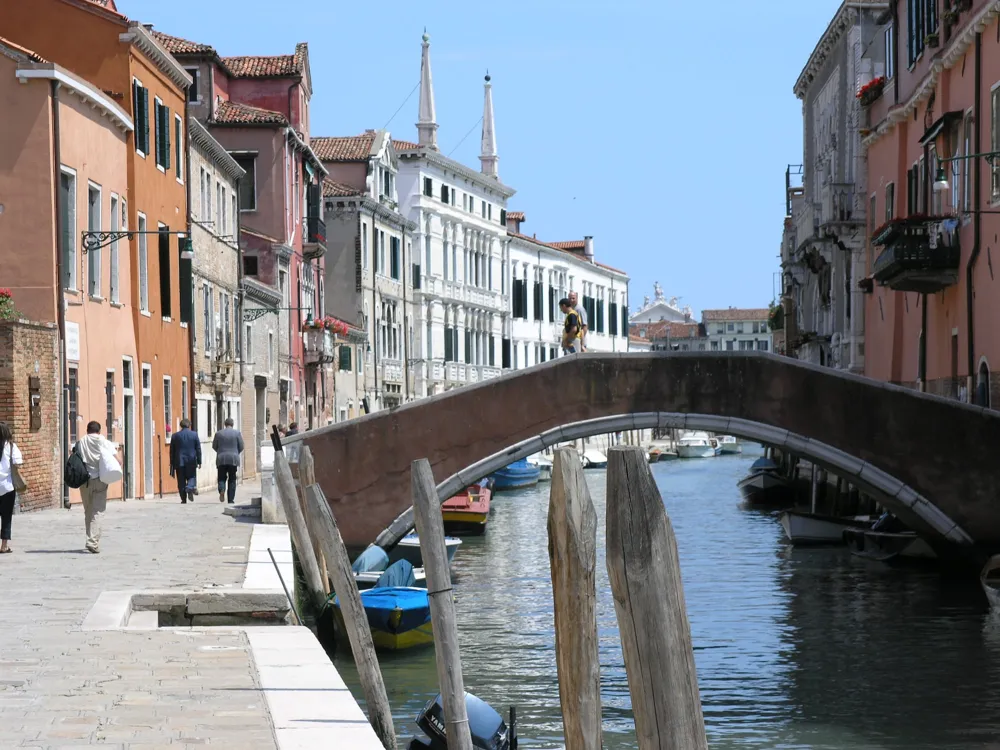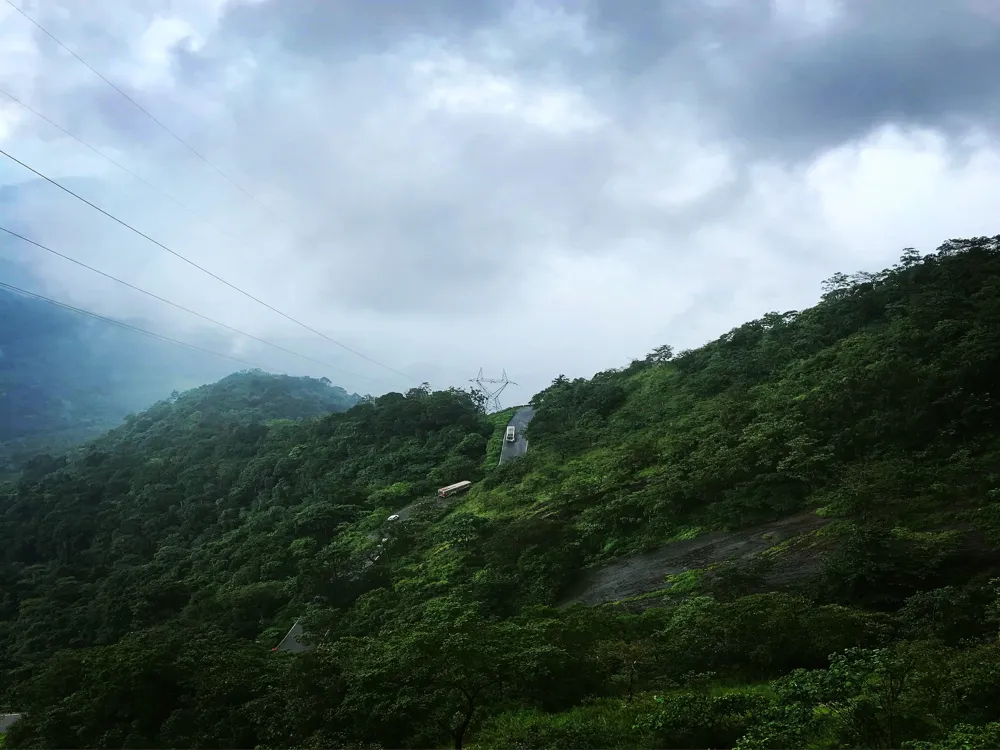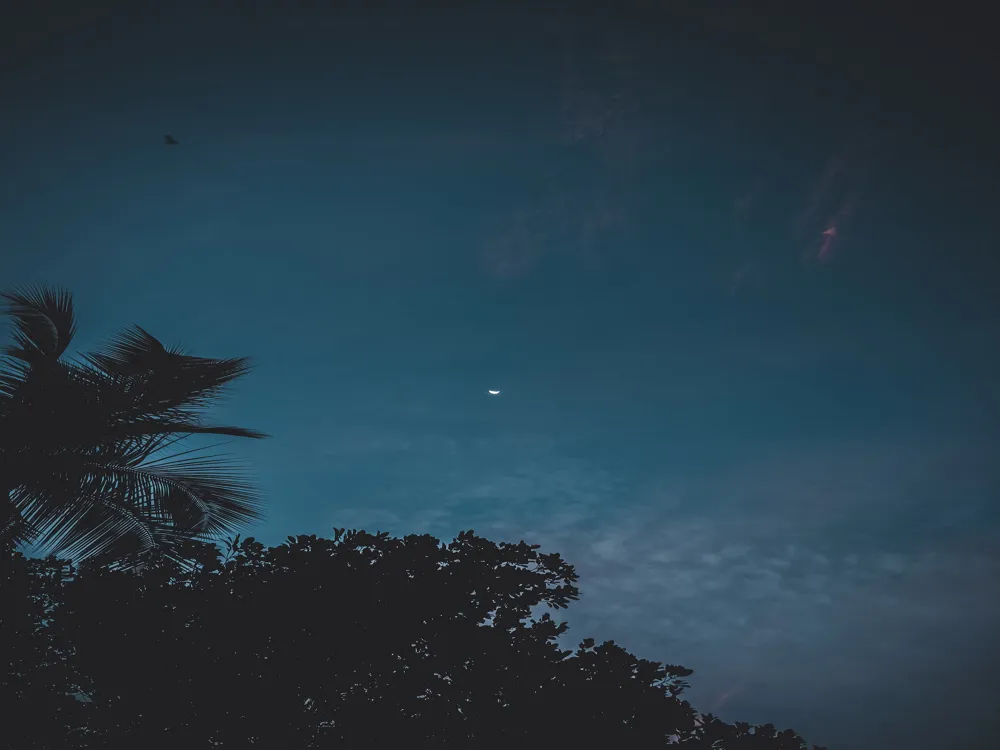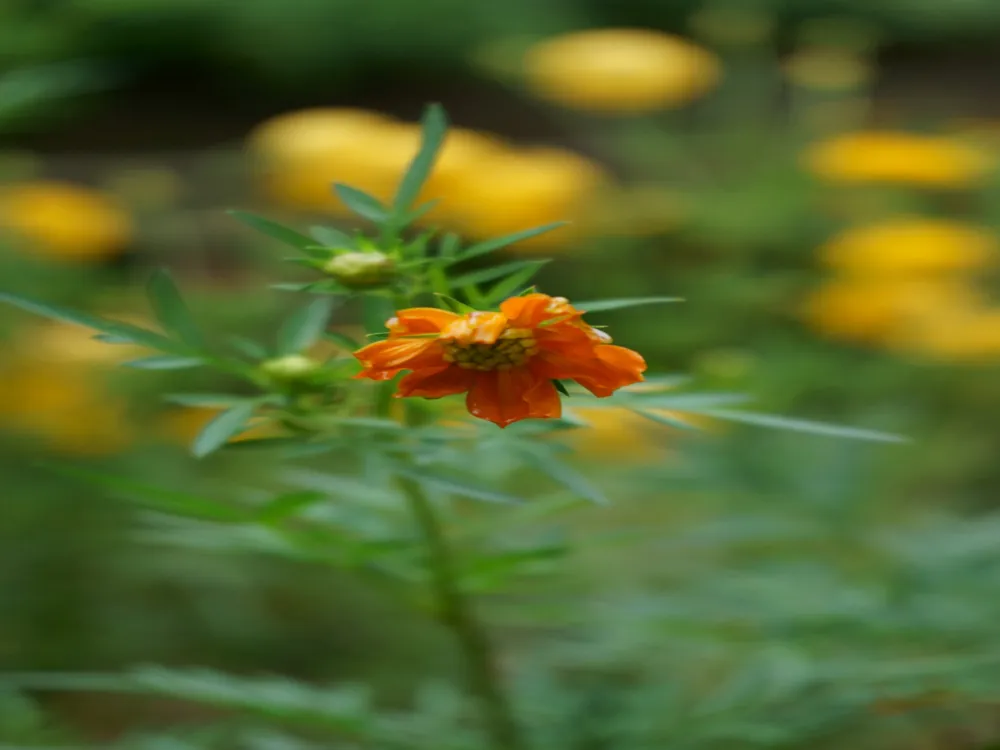Muchundi Palli, also known as the Mishkal Mosque, is an exquisite example of the rich cultural and architectural heritage found in Kozhikode, Kerala. This mosque, one of the oldest in Malabar, dates back to the 14th century and was built by Nakhooda Mishkal, an Arab merchant. Renowned for its unique blend of Arab and Kerala architecture, Muchundi Palli stands as a testament to the harmonious coexistence of diverse cultures in this coastal state.
The mosque's history is not just limited to its religious significance. Over the years, it has witnessed numerous historical events, including an attack by the Portuguese in the 16th century, after which it underwent significant repairs. Despite these challenges, Muchundi Palli has retained its original charm, attracting not only those who come for prayer but also history enthusiasts and architecture lovers.
As we delve deeper into the details of Muchundi Palli, we uncover a remarkable blend of architectural elements that make it a unique landmark. The mosque, devoid of domes and minarets that typically characterize Islamic architecture, instead features a traditional Kerala style roof with intricate wooden carvings. The interior of the mosque is equally captivating, with its beautifully carved wooden pillars and ceilings, which reflect the skilled craftsmanship of the local artisans.
The mosque's layout and design also have significant implications in terms of cultural integration and adaptation. It showcases how Islamic architectural elements were amalgamated with local styles to create a structure that was not only functional for its religious purpose but also respectful of the local architectural vernacular. This cultural synthesis is a critical aspect of the mosque's heritage, making it a symbol of communal harmony and architectural innovation.
The
Overview of Muchundi Palli, Kozhikode, Kerala
Muchundi Palli
Kozhikode
Kerala
₹ 16,000 onwards
View kozhikode Packages
Kozhikode Travel Packages
View All Packages For Kozhikode
Top Hotel Collections for Kozhikode

Private Pool

Luxury Hotels

5-Star Hotels

Pet Friendly
Top Hotels Near Kozhikode
Other Top Ranking Places In Kozhikode
View All Places To Visit In kozhikode
View kozhikode Packages
Kozhikode Travel Packages
View All Packages For Kozhikode
Top Hotel Collections for Kozhikode

Private Pool

Luxury Hotels

5-Star Hotels

Pet Friendly







